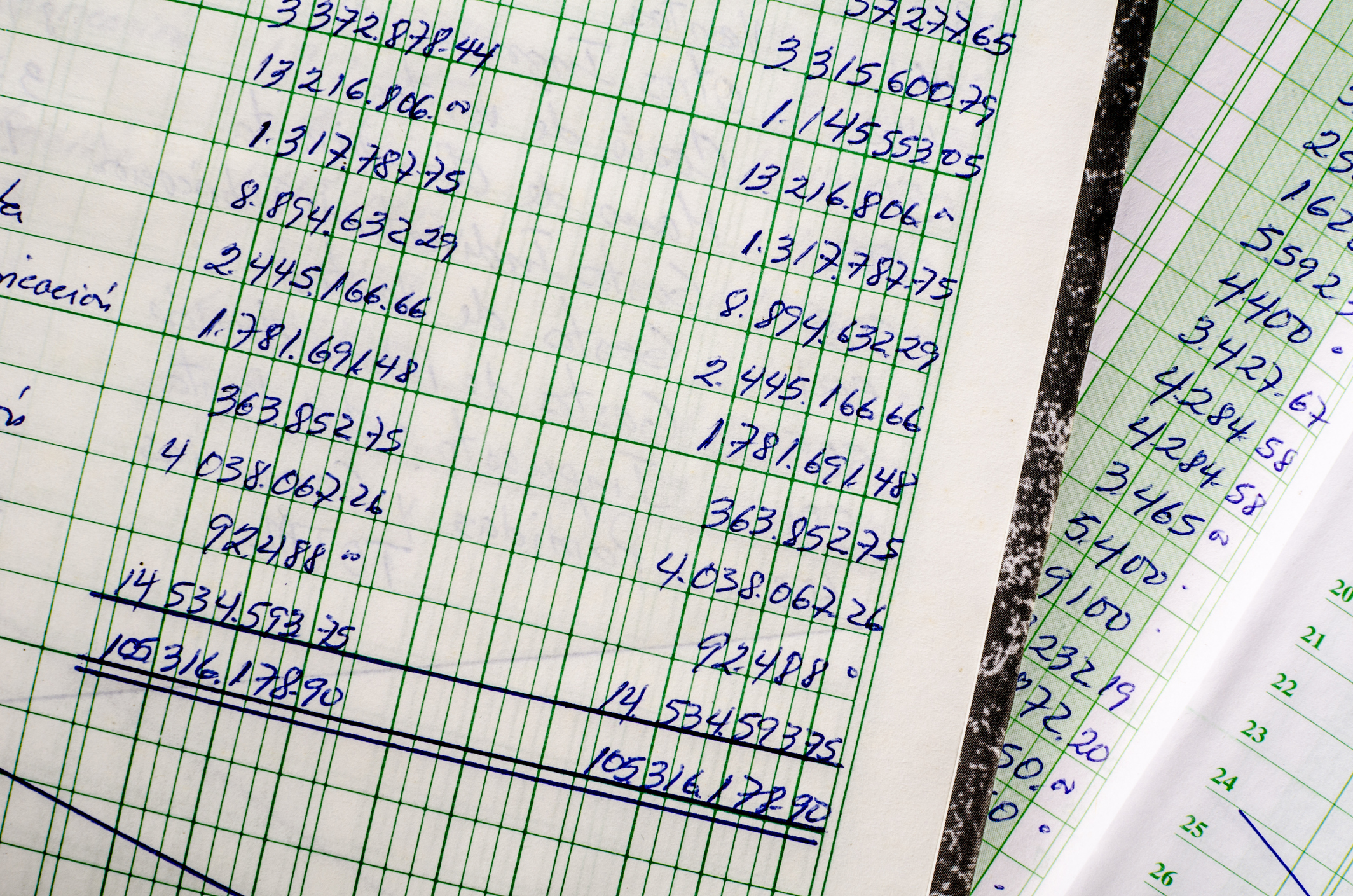Marginal cost is the incremental expense of producing an additional unit. The concept is used to help determine optimal production levels and pricing for a business. Investors can use the concept to help forecast the profit growth of a company as it increases in scale.

What is marginal cost?
Marginal cost measures the change in production costs from creating or providing additional units above current production levels.
For example, if a company currently spends $1,000 to create 100 units, it spends an average of $10 per unit. If it can produce 110 units for a total of $1,050, its marginal cost per unit is just $5.
The reason marginal cost can be lower than the average cost per unit is that businesses typically have fixed costs for production. Those fixed costs can support a certain level of production, and if a business is producing an output short of that level, the marginal cost can be relatively small.
How a business uses marginal costs
A business will analyze marginal costs as well as marginal revenue. Marginal revenue is the incremental amount of revenue from selling one additional unit. A business’ goal is to maximize the difference between marginal revenue and marginal costs, thus creating the most profit for its shareholders.
As such, a business will dedicate more resources to products with the biggest gap between marginal cost and marginal revenue. It’s worth noting that marginal costs are a relatively straightforward estimation, but marginal revenue requires knowledge of market demand, which can be hard to predict.
Sometimes marginal costs exceed average costs of production. That usually happens when a business has to invest in additional equipment or space (fixed costs) to increase capacity. Those decisions must be made with the market demand in mind, as they’re generally significant monetary investments that require a big increase in sales to recoup the value.
Different businesses have different marginal costs
Some businesses have very low marginal costs, and some have very high marginal costs. Low-marginal-cost businesses that are just starting out may generate losses for a long time as they work to scale the business. High-marginal-cost businesses should be profitable very early because the impact of scale on their bottom line will only amplify their current profit margins.
Net Profit Margin
Many software and technology companies, for example, have very low marginal costs. Once a piece of software is created, it can be copied over and over again at practically no cost. The marginal costs would be things like support to get customers up and running using the software, maintenance costs to deal with customer issues and bugs found, and any additional costs associated with serving extra customers, like hosting costs for SaaS businesses. That’s why many technology companies will generate losses for a long time before they reach a scale at which they start to become extremely profitable.
Conversely, an online retailer has relatively high marginal costs. An online retailer has to pay for each item it sells at the wholesale price. It also has to pay shipping expenses and any additional labor costs to package and ship the item. An online retailer may have some fixed costs, such as storage and the costs of maintaining a website, but most costs are variable. That said, an online retailer may be able to achieve better wholesale prices with greater scale. Still, most online retailers should aim to become profitable quickly.
Related investment topics
How investors can evaluate a business based on marginal costs
Understanding marginal costs is essential to understanding the profit potential of a business or new products within a business.
For example, Amazon (AMZN +0.49%) has rapidly grown its advertising business over the last five years. It grew from about $4.6 billion in 2017 to $37.7 billion in 2022, and $46.9 billion in 2023. Since digital advertising is such a low-marginal-cost business, that growth has had a tremendous impact on Amazon’s bottom line. That impact may be obfuscated by the company’s growing investments in its fulfillment network and cloud computing business, along with investments in Prime Video, but those investments probably wouldn’t be possible without the success of its digital advertising business.
Indeed, many businesses with high marginal revenue and low-marginal-cost products are constantly investing those extra profits into the next product with high profit potential. If they sat still, they could have an immensely profitable business, but they risk falling behind competitors that are working to build the next profitable product. Companies that are able to scale a product with low marginal costs can be great growth stocks for investors for a long time.

















